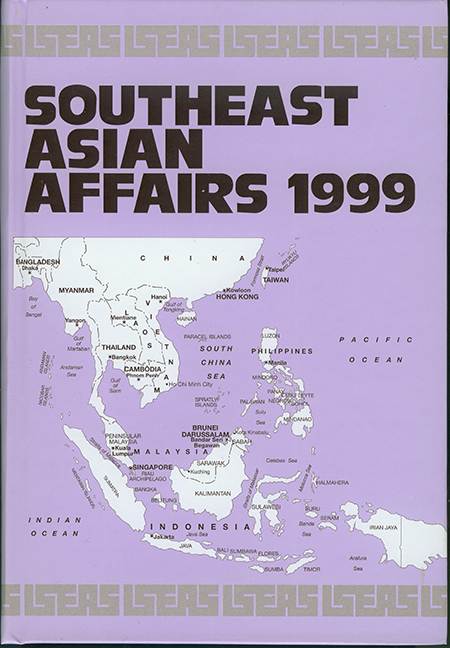Politics of Civil Society
from THAILAND
Published online by Cambridge University Press: 21 October 2015
Summary
In 1973, Thai civil society made its impact felt in a most dramatic way, when students overthrew a military-led government. Since then, civil society has played a major role in Thailand's evolving democracy. Its influence has been strengthened by the economic crisis that engulfed the country from July 1997, and the related promulgation of a new constitution in October that year.
While political scientists still debate over a definition of civil society, there is broad agreement that it refers to various organizations and institutions that are independent of government and the state, but able to exert influence on it. Independent case-oriented groups, professional groups, labour and student organizations, business federations, and institutions such as a free press, are all important components of civil society. Civil society may seek to influence governments by a range of tactics, from co-operative working together to outright opposition. Most analysts accept, however, that the state (government and bureacracy) cannot be part of civil society.
Growth of Civil Society
The development of different forms of civil society organizations in Thailand can best be understood from a historical perspective. For centuries, Buddhist temples performed the philanthropic function of providing for those in need and also served as community centres. Later on, different forms of organizations appeared with the arrival of Western missionaries and Chinese immigrants. The impact of these influences, and later the spread of communist ideology brought about changes in the activities of civil society organizations, which were viewed by the government at the time as a possible threat to national security.
During and after World War II, the government reasoned that the threat of communism from China justified the need for greater control over civil society organizations. It established an office, the National Cultural Commission of the Ministry of Education, to oversee the activities of civil society groups, which at that time were mostly philanthropic organizations.
- Type
- Chapter
- Information
- Southeast Asian Affairs 1999 , pp. 325 - 336Publisher: ISEAS–Yusof Ishak InstitutePrint publication year: 1999



